Evaluating Policresulen for Disbudding Dairy Calves: A Two-Part Study on Calf Welfare and Consumer Perceptions
Abstract
Simple Summary
Abstract
1. Introduction
2. Materials and Methods
2.1. Study 1—Disbudding Techniques
2.2. Study 2—Dairy Consumer Perceptions of Calf Disbudding Methods
3. Results
3.1. Study 1—Disbudding Techniques
3.1.1. Behavioral Observations and Wound Healing
3.1.2. Physiological Responses
3.1.3. Growth Performance
3.2. Study 2—Dairy Consumer Perceptions of Calf Disbudding Methods
4. Discussion
4.1. Study 1—Disbudding Techniques
4.2. Study 2—Dairy Consumer Perceptions of Calf Disbudding Methods
5. Conclusions
Author Contributions
Funding
Institutional Review Board Statement
Informed Consent Statement
Data Availability Statement
Conflicts of Interest
Abbreviations
| ADG | Average daily weight gain |
| POD | Policresulen disbudding |
| HID | Hot-iron disbudding |
| TAG | Total average gain |
References
- Stock, M.L.; Baldridge, S.L.; Griffin, D.; Coetzee, J.F. Bovine Dehorning. Assessing Pain and Providing Analgesic Management. Vet. Clin. North Amer. Food Anim. Pract. 2013, 29, 103–133. [Google Scholar] [CrossRef] [PubMed]
- Yu, Y.; Zou, M.; Xu, S.; Zhang, R.; Wang, H.; Liu, J. Structure and mechanical characteristic of cattle horns. J. Mech. Med. Biol. 2014, 14, 1440011. [Google Scholar] [CrossRef]
- Sheedy, D.B.; Aly, S.S.; Tucker, C.B.; Lehenbauer, T.W. Mini-review: The history and future of the cornual nerve block for calf disbudding. J. Dairy Sci. Comm. 2024, 5, 305–309. [Google Scholar] [CrossRef]
- Casoni, D.; Mirra, A.; Suter, M.R.; Gutzwiller, A.; Spadavecchia, C. Can disbudding of calves (one versus four weeks of age) induce chronic pain? Physiol. Behav. 2019, 199, 47–55. [Google Scholar] [CrossRef]
- Adcock, S.J.J.; Tucker, C.B. The effect of disbudding age on healing and pain sensitivity in dairy calves. J. Dairy Sci. 2018, 101, 10361–10373. [Google Scholar] [CrossRef]
- Winder, C.B.; LeBlanc, S.J.; Haley, D.B.; Lissemore, K.D.; Godlkin, M.A.; Duffield, T.F. Clinical trial of local anesthetic protocols for acute pain associated with caustic paste disbudding in dairy calves. J. Dairy Sci. 2017, 100, 6429–6441. [Google Scholar] [CrossRef]
- Azevedo, R.A.; Teixeira, A.M.; Silva, A.L.; Bittar, C.M.M.; Ferreira, G.C.; Zambrano, J.A.; Santos, J.E.P.; Costa, J.H.C.; Antunes, L.C.M.S.; Campos, M.M.; et al. Alta CRIA 2022. 1ªe; Alta: Uberaba, Brazil; 150p, Available online: https://altagenetics.com.br/altacria (accessed on 13 November 2024).
- Kim, E.; Park, J.B.; Hong, J.; Kang, K.L. Extensive gingival necrosis and sequestration of the alveolar bone caused by methimazole-induced neutropenia and three-year follow-up. J. Period. Implant. Sci. 2015, 45, 76–80. [Google Scholar] [CrossRef]
- Simamora, H.; Lestari, P.A.; Bagun, K.; Sudjatmiko, G. Curettage and policresulen tampon as a modality treatment in management of verucca. J. Plast. Rekon. 2012, 1, 460–463. [Google Scholar] [CrossRef]
- Ivarsson, L.B.; Lindstrôm, B.E.; Olovsson, M.; Lindstrôm, A.K. Treatment of urethral pain syndrome (UPS) in Sweden. PLoS ONE 2019, 14, 0225404. [Google Scholar] [CrossRef] [PubMed]
- Sancler-Silva, Y.F.R.; Silva-Júnior, E.R.; Fedorka, C.E.; Scheeren, V.F.C.; Cavalero, T.S.; Papa, P.M.; Alvarenga, M.A.; Dell’Aqua Junior, J.A.; Papa, F.O. New treatment for urethral rent in stallions. J. Equine Vet. Sci. 2018, 64, 89–95. [Google Scholar] [CrossRef] [PubMed]
- Janssen, S.; Wunderlich, C.; Heppelmann, M.; Palme, R.; Starke, A.; Kehler, W.; Steiner, A.; Rizk, A.; Meyer, U.; Daenicke, S.; et al. Pilot study on hormonal, metabolic, and behavioral stress response to treatment of claw horn lesions in acutely lame dairy cows. J. Dairy Sci. 2016, 99, 7481–7488. [Google Scholar] [CrossRef]
- Wiener, D.J.; Wiedemar, N.; Welle, M.M.; Drögemüller, C. Novel features of the prenatal horn bud development in cattle (Bos taurus). PLoS ONE 2015, 10, e0127691. [Google Scholar] [CrossRef]
- Liang, Y.; Gengrong, H.; Weiyou, C.; Gen, L.; Hao, W.; Hui, L. Knowledge of animal welfare and consumers’ behavioral intentions in China: A moderated mediation model of product cognition and empathy. Animals 2022, 12, 1043. [Google Scholar] [CrossRef]
- Neves, L.F.M.; Gomes, M.B.; Souza, E.M.B.; Campolina, J.P.; Diavão, J.; Silva, A.S.; Campos, M.M.; Tomich, T.R.; Carvalho, W.A.; Lage, H.F.; et al. Impact of Heat Stress on Intake, Performance, Digestibility, and Health of Neonatal Dairy Calves. Animals 2025, 15, 1876. [Google Scholar] [CrossRef] [PubMed]
- Stafford, K.J.; Mellor, D.J. Addressing the pain associated with disbudding and dehorning in cattle. Appl. Anim. Behav. 2011, 135, 226–231. [Google Scholar] [CrossRef]
- Stilwell, G.; Lima, M.S.; Carvalho, R.C.; Broom, D.M. Effects of hot-iron disbudding, using regional anaesthesia with and without carprofen, on cortisol and behaviour of calves. Res. Vet. Sci. 2012, 92, 338–341. [Google Scholar] [CrossRef]
- Stewart, M.; Stafford, K.J.; Dowling, A.K.; Schaefer, A.L.; Webster, J.R. Eye temperature and heart rate variability of calves disbudded with or without local anaesthetic. Physiol. Behav. 2008, 93, 789–797. [Google Scholar] [CrossRef]
- Bacon, M.E.; Endres, M.I.; Heins, B.J. Effects of Willow Bark (Salix Extract) on Pain and Stress Following Disbudding of Organic Dairy Calves. Animals 2025, 15, 575. [Google Scholar] [CrossRef]
- Clark, B.; Stewart, G.B.; Panzone, L.A. A systematic review of public attitudes, perceptions and behaviours towards production diseases associated with farm animal welfare. J. Agric. Environ. Ethics 2016, 29, 455–478. [Google Scholar] [CrossRef]
- Stafford, K.J.; Mellor, D.J. Dehorning and disbudding distress and its alleviation in calves. Vet. J. 2005, 169, 337–349. [Google Scholar] [CrossRef]
- Zuliani, A.; Esbjerg, L.; Grunet, K.G.; Bovolenta, S. Animal welfare and mountain products from traditional dairy farms: How do consumers perceive complexity? Animals 2018, 8, 207. [Google Scholar] [CrossRef] [PubMed]
- Alonso, M.E.; González-Montaña, J.R.; Lomillos, J.M. Consumers’ concerns and perceptions of farm animal welfare. Animals 2020, 10, 385. [Google Scholar] [CrossRef] [PubMed]
- Comin, V.C.; Karsburg, H.F.; De Souza, B.M.S.; Almeida, H.M.S.; Neira, L.M.; Rossi, G.A.M. Perception of animal welfare and its certification system by Brazilian consumers and dairy farmers. J. Dairy Res. 2022, 89, 53–56. [Google Scholar] [CrossRef] [PubMed]
- Vargas-Bello-Pérez, E.; Riveiros, J.L.; Köbrich, C.; Álvares-Melo, P.A.; Lensink, J. Chilean consumers’ perception about animal welfare in dairy production systems. Anim. Prod. Sci. 2015, 57, 147–151. [Google Scholar] [CrossRef]
- Spigarelli, C.; Berton, M.; Corazzin, M.; Gallo, L.; Pinterits, S.; Ramanzin, M.; Ressi, W.; Sturaro, E.; Zuliani, A.; Bovolenta, S. Animal Welfare and Farmers’ Satisfaction in Small-Scale Dairy Farms in the Eastern Alps: A “One Welfare” Approach. Front. Vet. Sci. 2021, 8, 741497. [Google Scholar] [CrossRef]
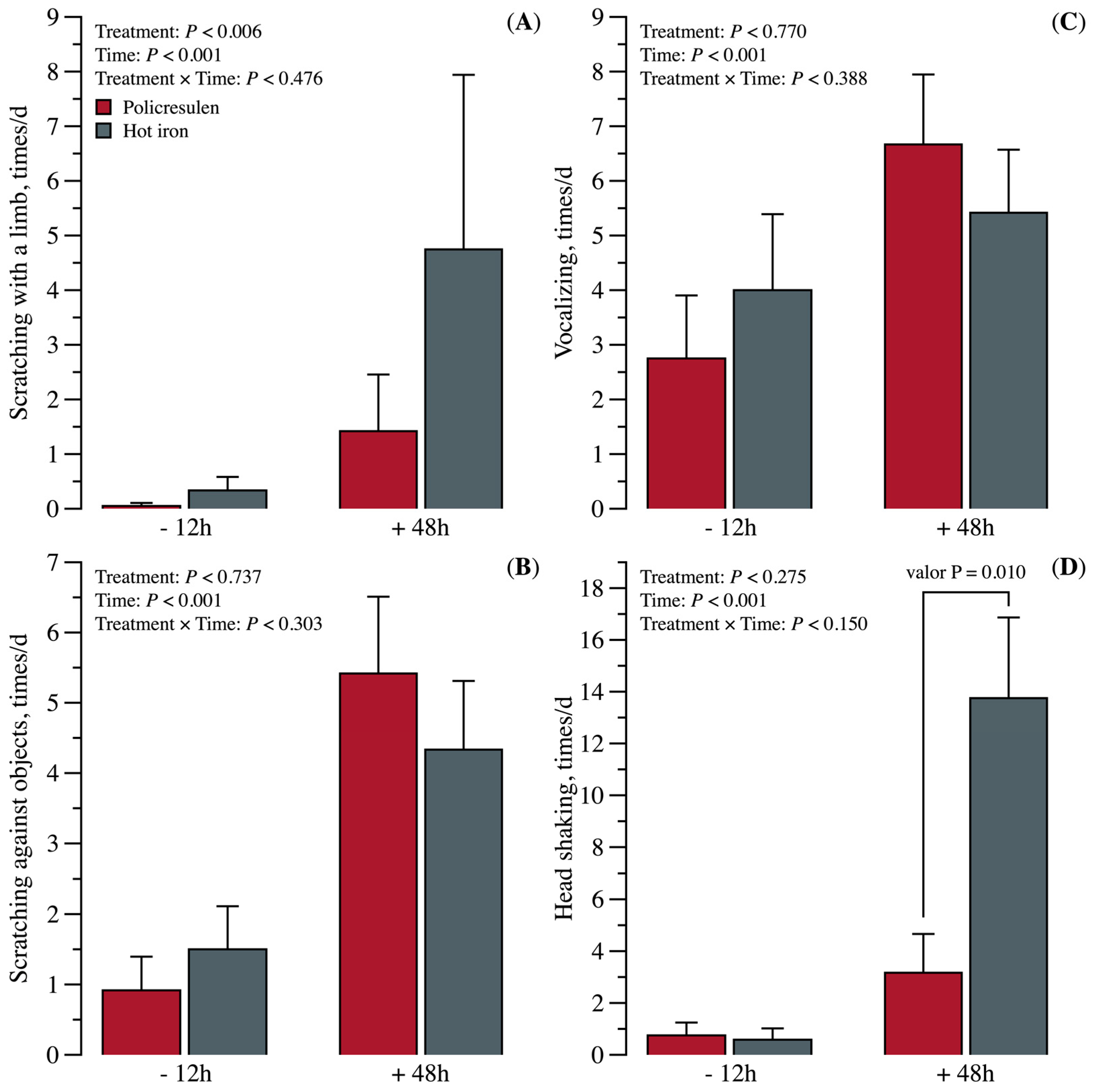
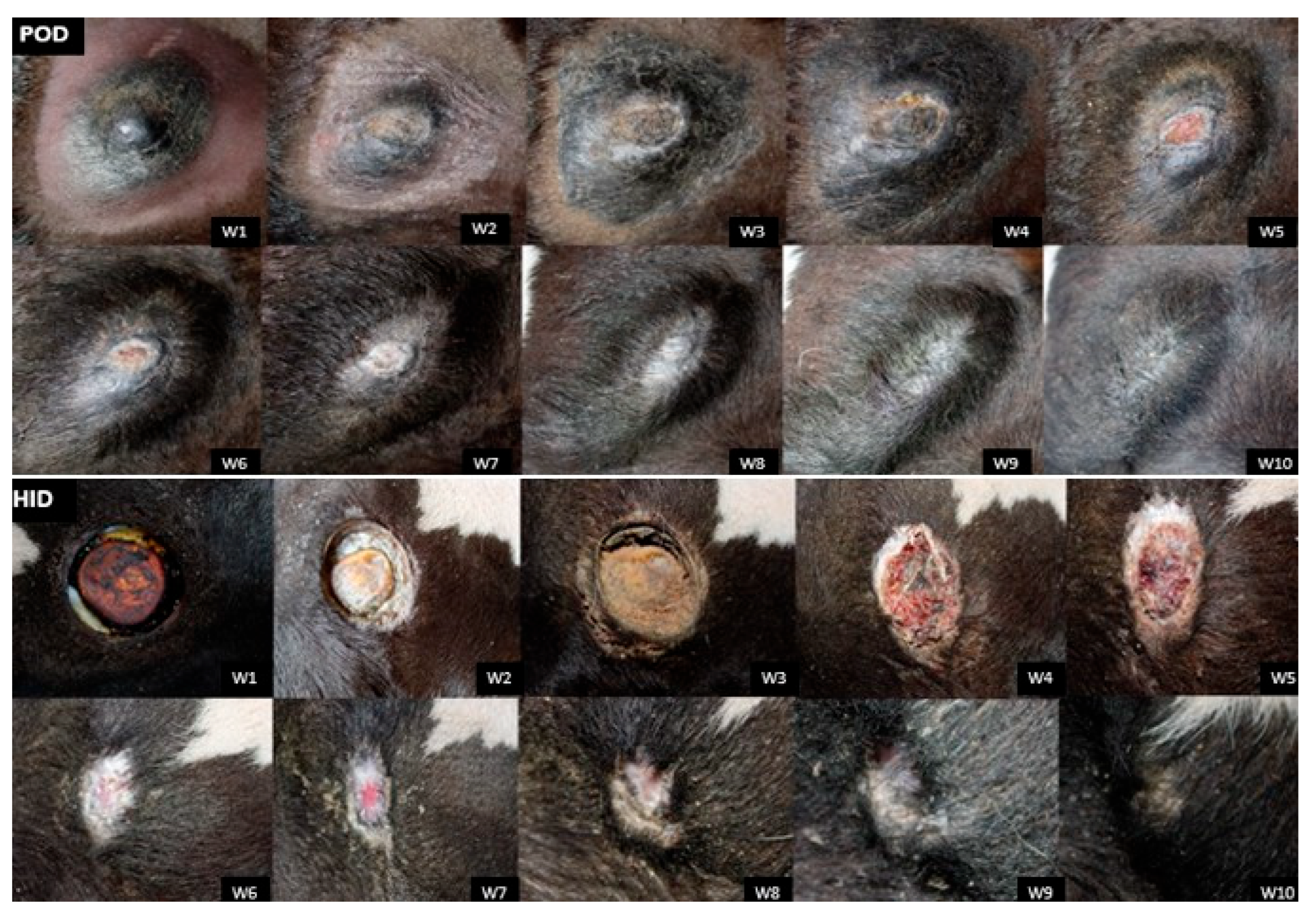
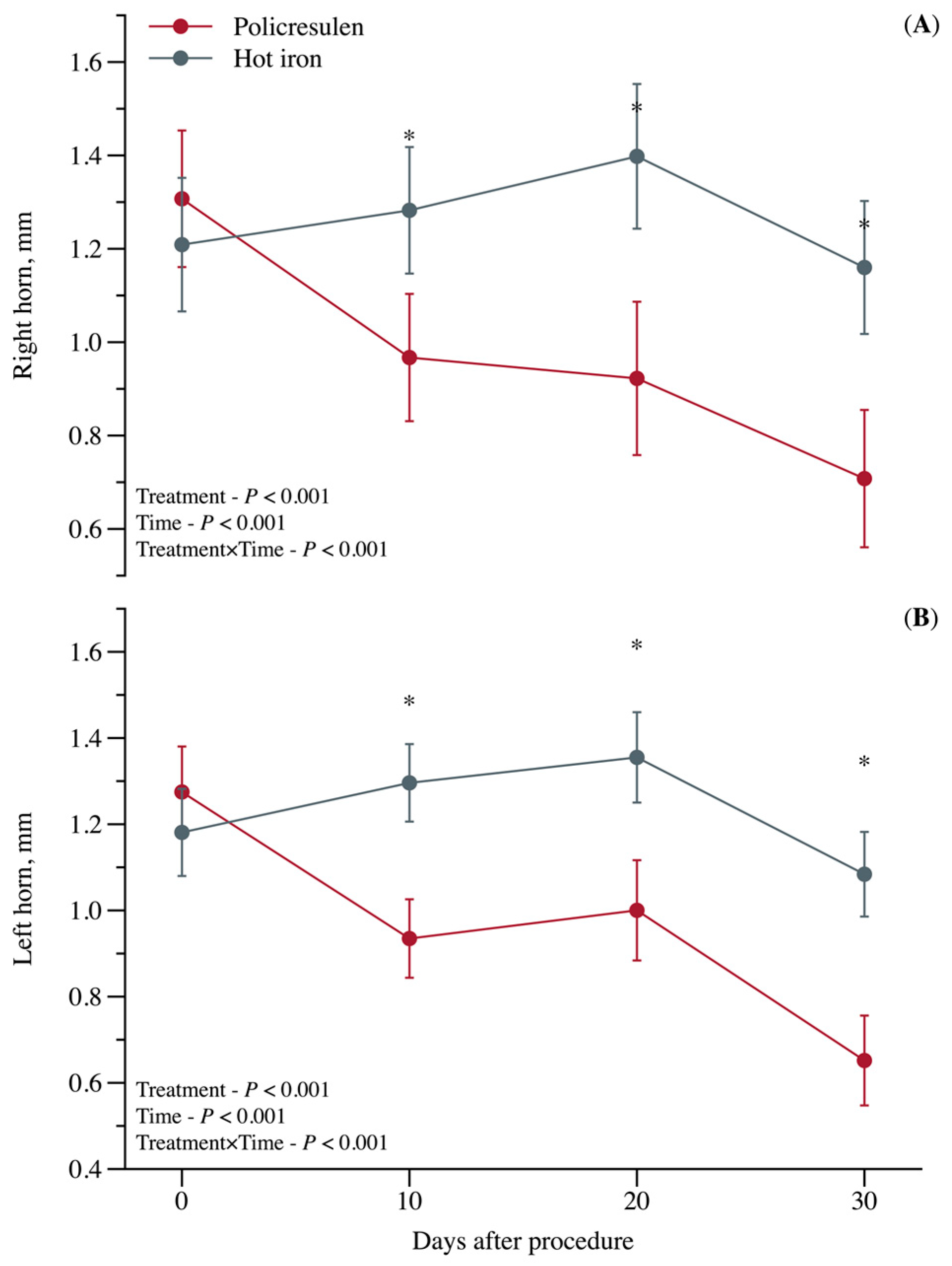
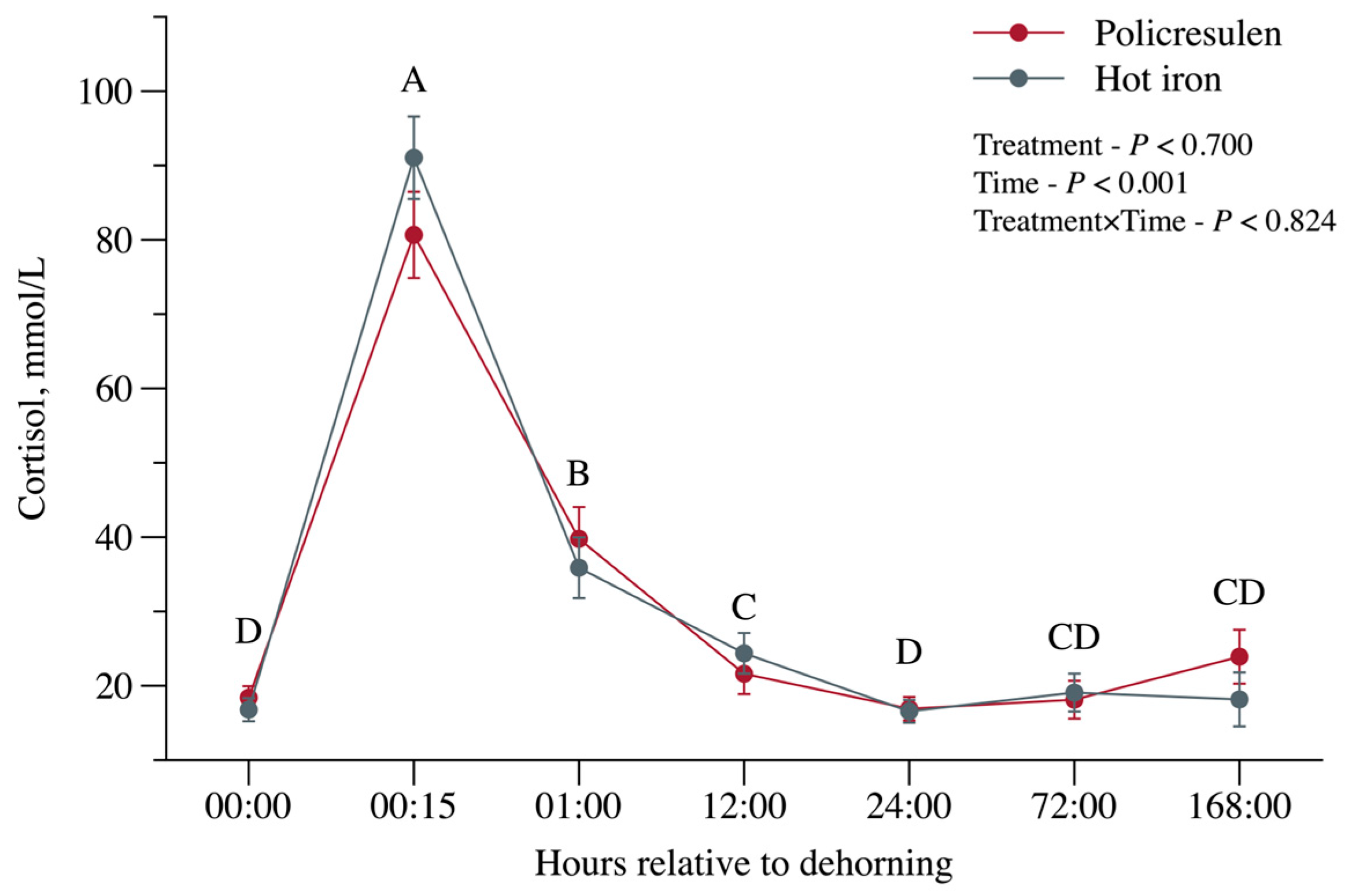
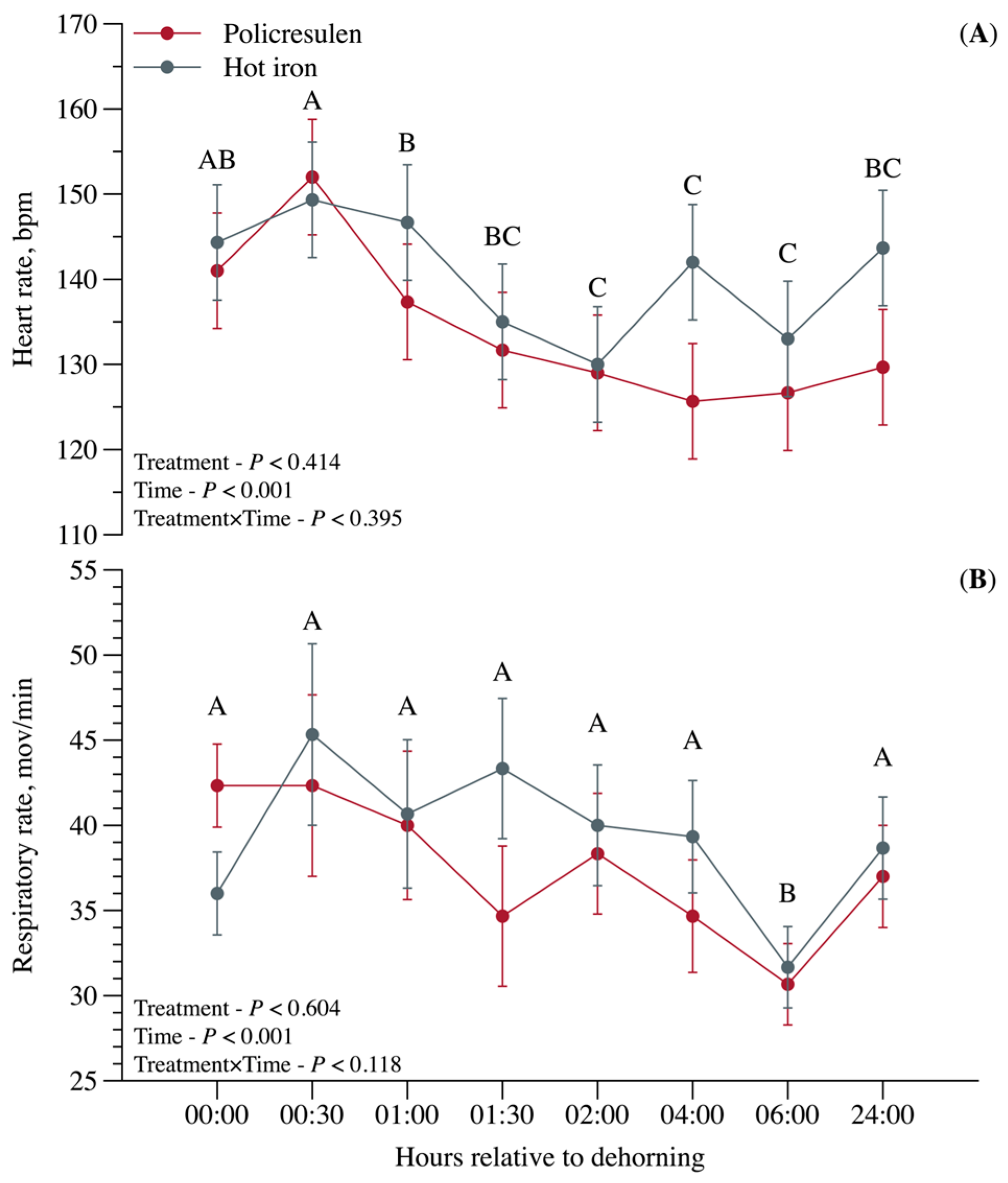
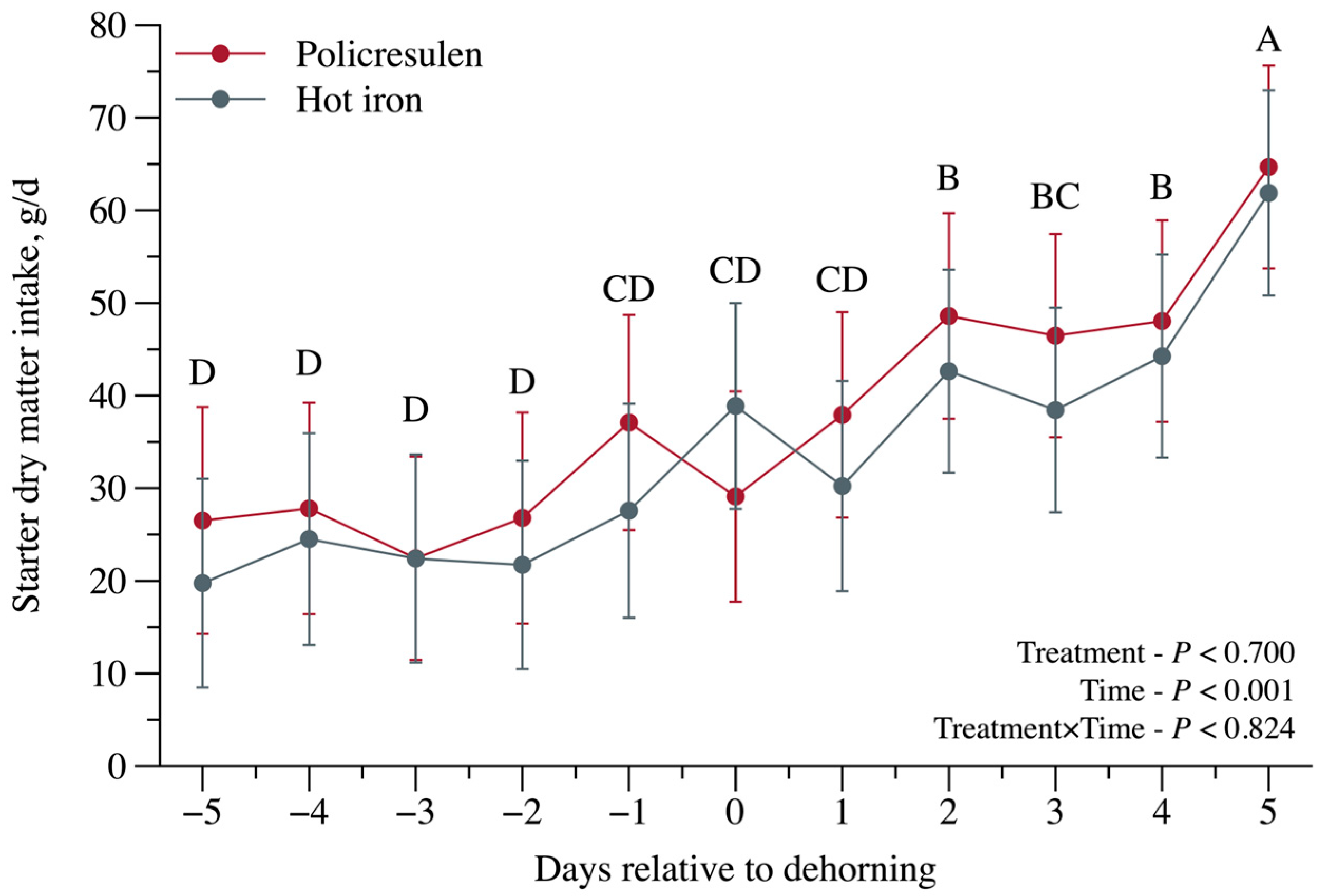
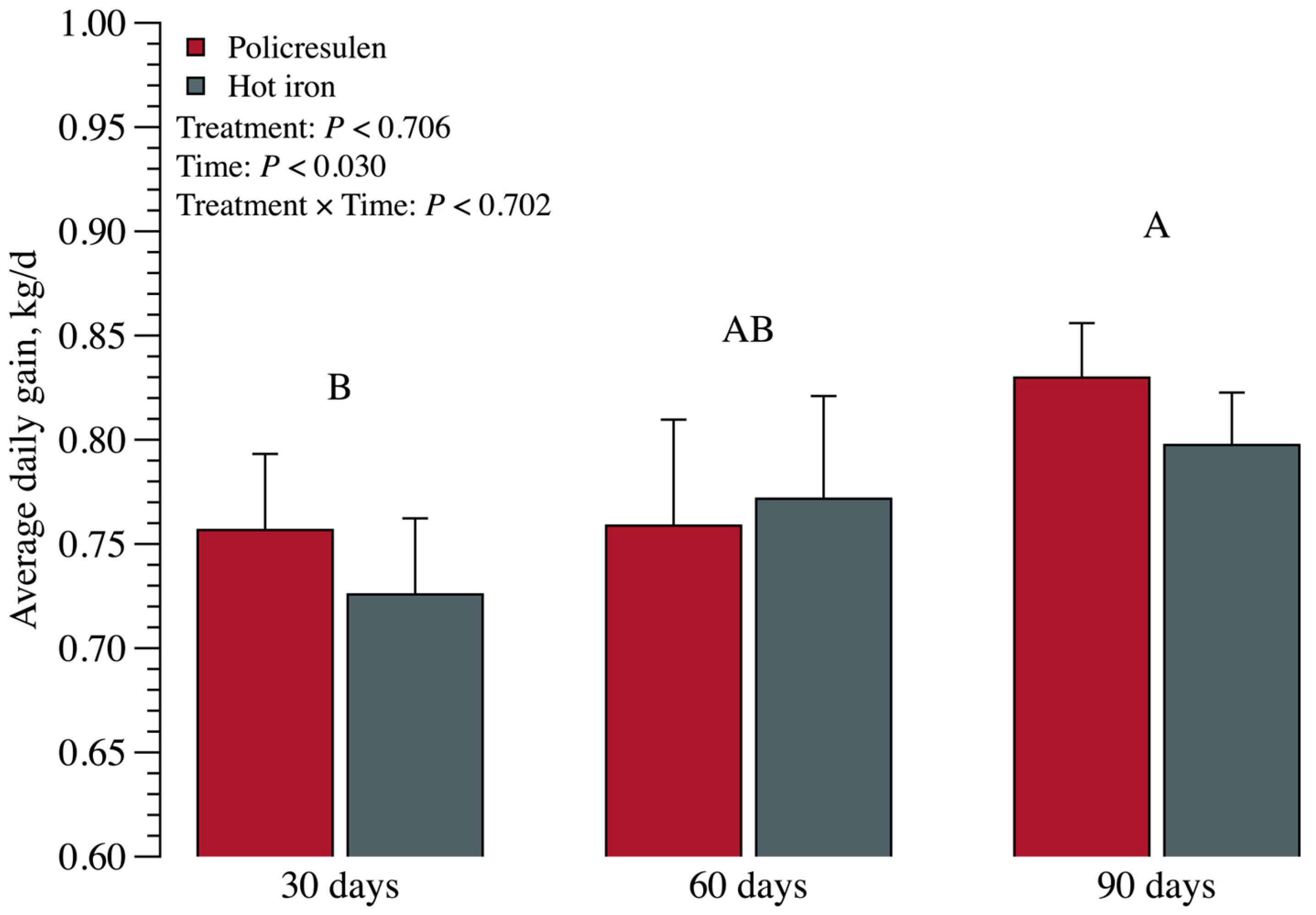
| Itens | Answer | Odds a | SE b | p-Value |
|---|---|---|---|---|
| Prior knowledge of disbudding | Yes | 23.98 | 0.4339 | <0.001 |
| Approval of disbudding | Yes | 13.74 | 0.4969 | <0.001 |
| Perceived ease of performing each technique | HID c | 3.8 | 0.3017 | <0.001 |
| Perceived invasiveness | HID | 2.76 | 0.3582 | <0.001 |
| Consumer of dairy products | Yes | 355.28 | >999.99 | <0.001 |
| Willingness to pay a premium for dairy products from farms that use welfare-friendly disbudding methods | Yes | 0.46 | 0.3379 | <0.001 |
| Preference regarding wich disbudding method justifies paying a higher price | HID c | 2.76 | 0.3582 | <0.001 |
Disclaimer/Publisher’s Note: The statements, opinions and data contained in all publications are solely those of the individual author(s) and contributor(s) and not of MDPI and/or the editor(s). MDPI and/or the editor(s) disclaim responsibility for any injury to people or property resulting from any ideas, methods, instructions or products referred to in the content. |
© 2025 by the authors. Licensee MDPI, Basel, Switzerland. This article is an open access article distributed under the terms and conditions of the Creative Commons Attribution (CC BY) license (https://creativecommons.org/licenses/by/4.0/).
Share and Cite
Silva, T.B.d.P.e.; Silva, L.H.R.; Ferreira, M.M.; Paula, L.S.M.d.; Silva, A.L.d.; Marcondes, M.I.; Costa, J.H.C.; Rotta, P.P. Evaluating Policresulen for Disbudding Dairy Calves: A Two-Part Study on Calf Welfare and Consumer Perceptions. Animals 2025, 15, 2977. https://doi.org/10.3390/ani15202977
Silva TBdPe, Silva LHR, Ferreira MM, Paula LSMd, Silva ALd, Marcondes MI, Costa JHC, Rotta PP. Evaluating Policresulen for Disbudding Dairy Calves: A Two-Part Study on Calf Welfare and Consumer Perceptions. Animals. 2025; 15(20):2977. https://doi.org/10.3390/ani15202977
Chicago/Turabian StyleSilva, Tássia Barrera de Paula e, Luís Henrique Rodrigues Silva, Marina Madureira Ferreira, Lorraina Stefanie Moreira de Paula, Alex Lopes da Silva, Marcos Inácio Marcondes, João Henrique Cardoso Costa, and Polyana Pizzi Rotta. 2025. "Evaluating Policresulen for Disbudding Dairy Calves: A Two-Part Study on Calf Welfare and Consumer Perceptions" Animals 15, no. 20: 2977. https://doi.org/10.3390/ani15202977
APA StyleSilva, T. B. d. P. e., Silva, L. H. R., Ferreira, M. M., Paula, L. S. M. d., Silva, A. L. d., Marcondes, M. I., Costa, J. H. C., & Rotta, P. P. (2025). Evaluating Policresulen for Disbudding Dairy Calves: A Two-Part Study on Calf Welfare and Consumer Perceptions. Animals, 15(20), 2977. https://doi.org/10.3390/ani15202977








